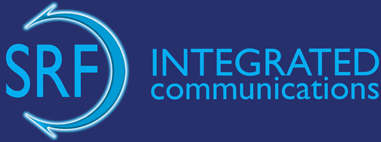
All organisations have stakeholders which can include groups such as staff, owners, customers, media, suppliers, competitors, local communities, regulatory authorities and government – both local and national. Communicating with these groups is an ongoing process and is often delegated to different departments such as HR, compliance and purchasing. Even though there may be differing levels of detail and even different language used, there should be consistency and adherence to the organisation’s values and purpose.
As a highly experienced communication agency SRF has the skills to provide advice on how to shape these messages and can guide senior leadership teams on how to ensure consistency in external relations.
Identify Your Audience
The first step is to identify all the different groups for your external relations activity. Be aware that groups as well as individuals can change, so regularly check your database. Spend time looking at the effect each group can have on your business and try to rate their influence to give you some idea of the risk involved in not keeping the relevant people informed.
Internal Relations
For successful external relations you need to have effective internal relations – the message inside the organisation needs to resonate with the message outside. Well informed staff make excellent ambassadors, so get the home team onboard early and give them the chance to feel comfortable with the messaging.
Key Messages
Framing your key messages for maximum impact requires a sophisticated understanding of each audience category. SRF can provide guidance on how to use language appropriate to each external relations campaign and act a focal point for efficient collaboration between internal departments. For example, reporting to a regulatory authority might require different details to reporting the same news to customers but the underlying messages must be the same.
It is useful to co-ordinate external relations through an agency which can ensure the timing of delivery of each message is sympathetic to overall campaign and the delivery mechanism is appropriate to the external group. An email to staff about a local charity could be complemented by a phone call or one-to-one briefing with a local councillor.
Finally, with any campaign it is important to understand that external relations is not just about broadcasting a message, it is about starting a meaningful dialogue and resources should be directed to maintaining good communications with your identified stakeholders.
